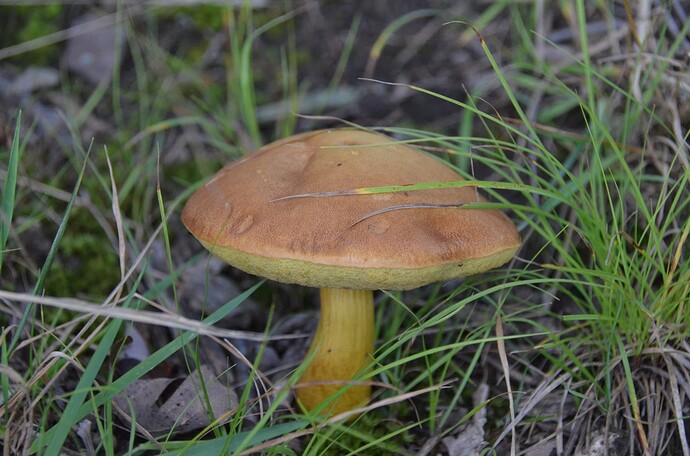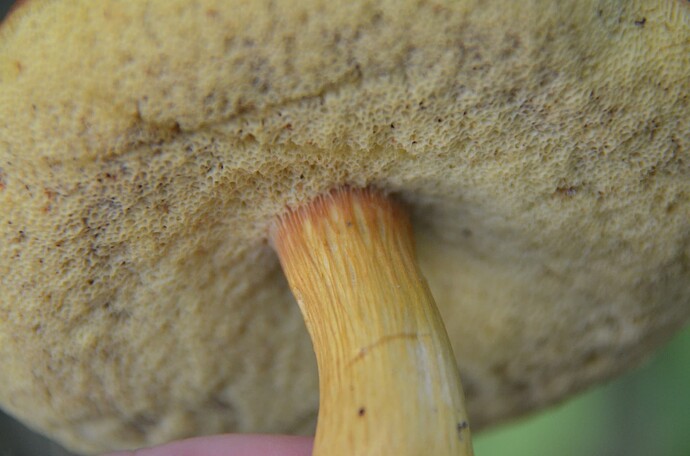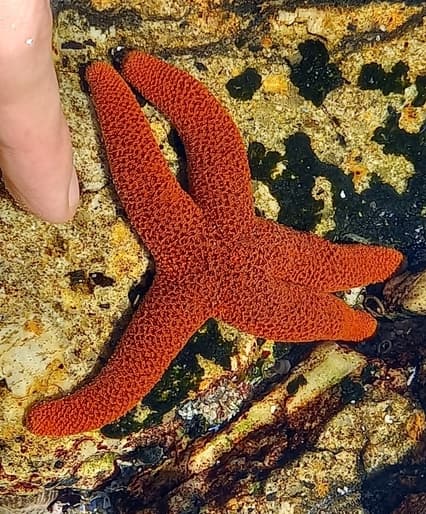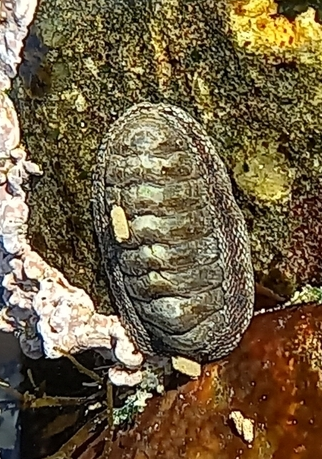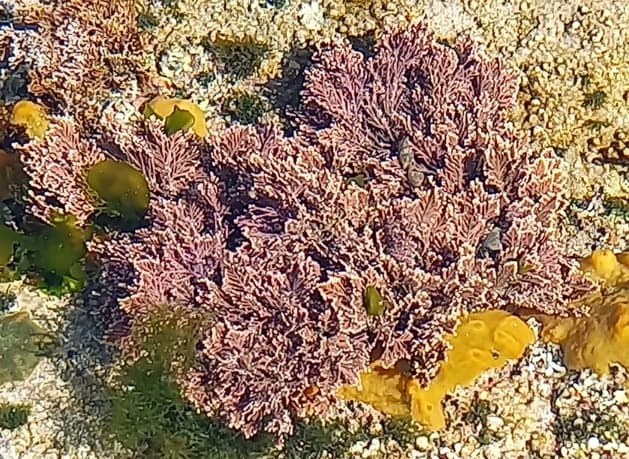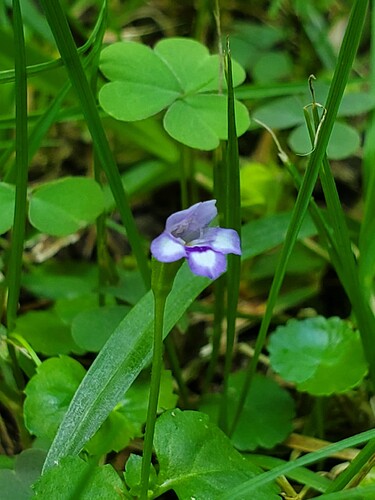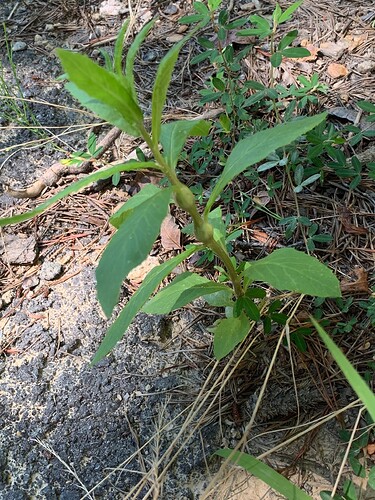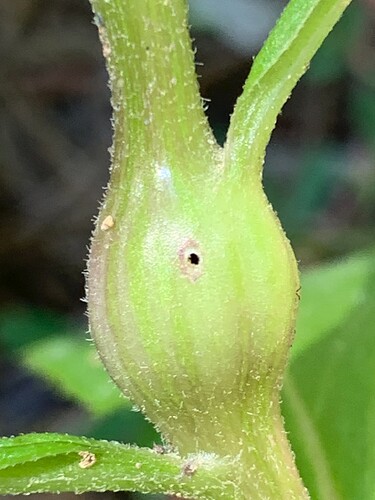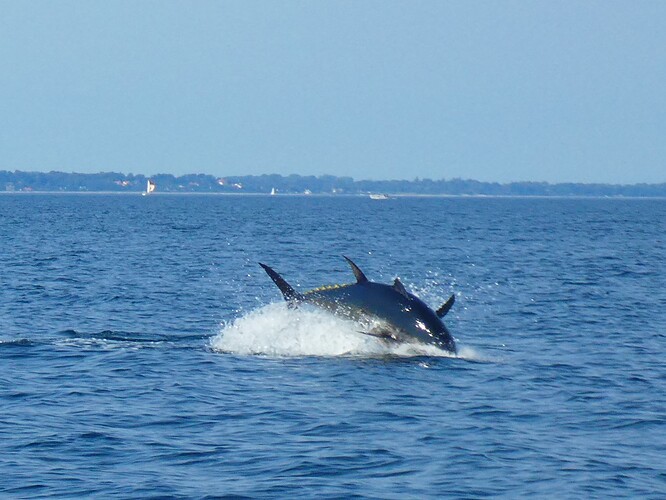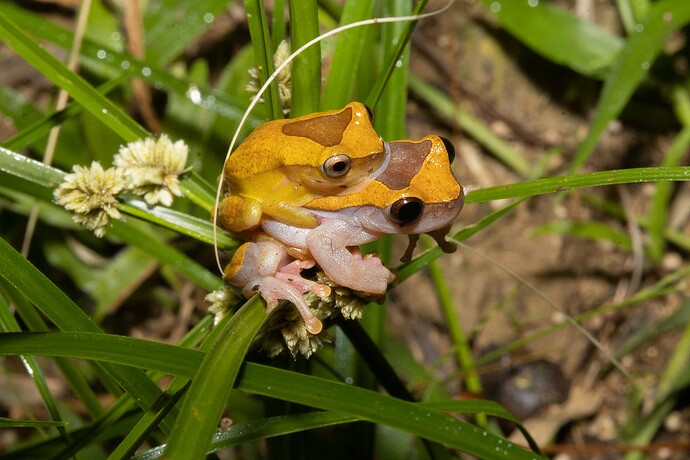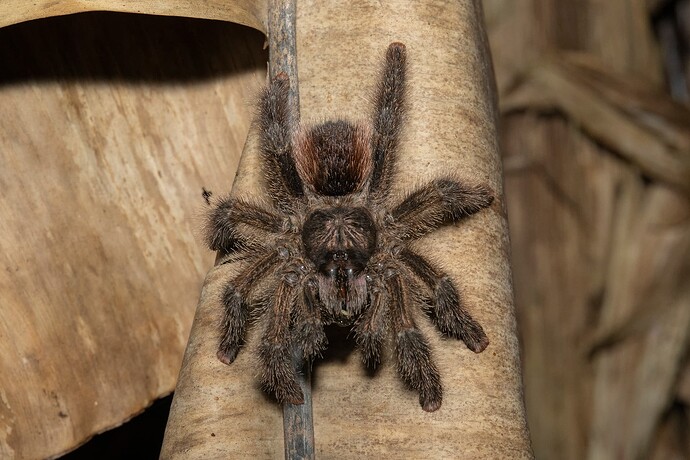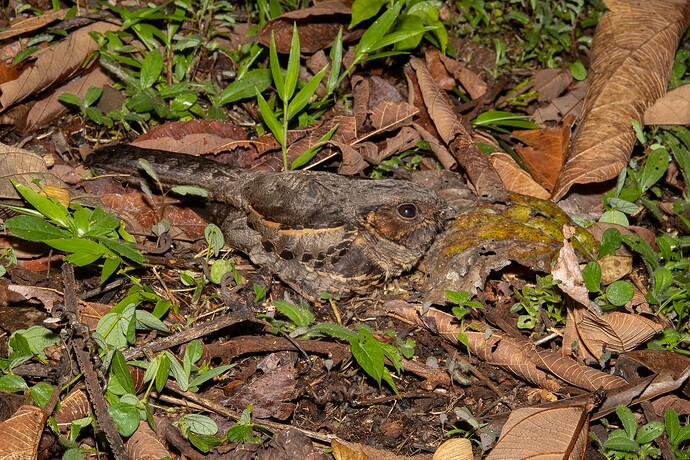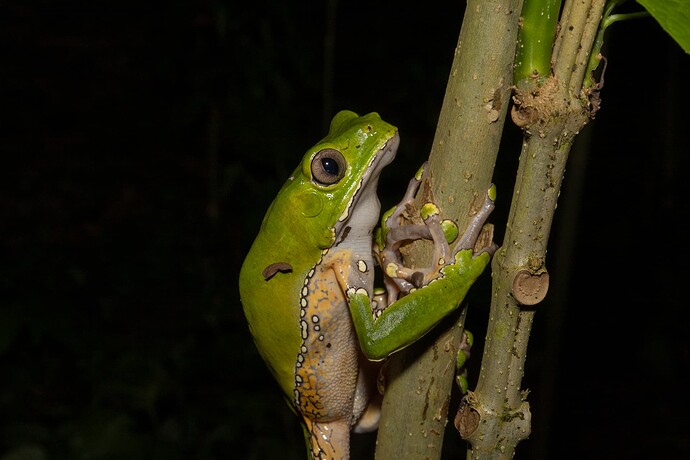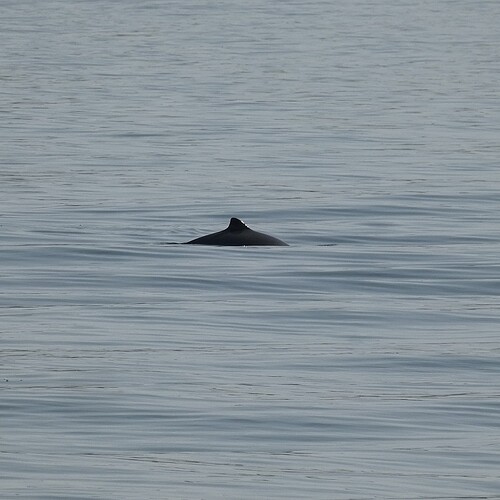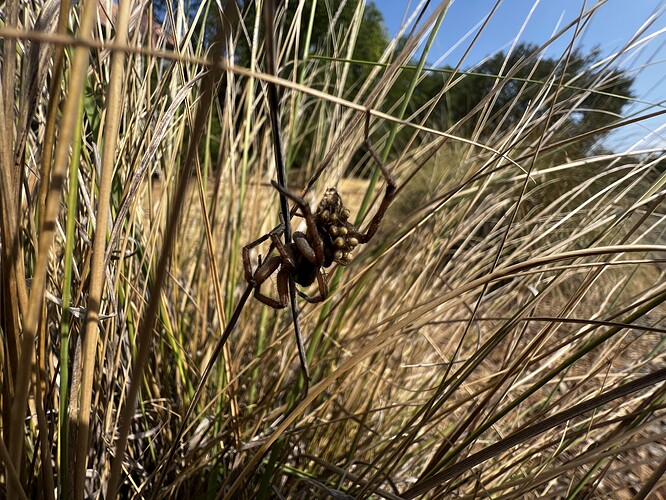I’m going to go with this little dude - Aureoboletus roxanae, Roxane’s Bolete. https://www.inaturalist.org/observations/178605553
I feel this is a good one to illustrate how finicky mushroom identification can be when it comes to getting there right pictures, because there are a lot of boletes that look incredibly similar to this one, and I bet it isn’t as uncommon as the number of observation on iNat would make it seem, simply because the pictures provided just aren’t always enough to narrow it down.
The first, and probably most, important identification feature is this picture right here - it shows off the vertical striations that aren’t quite reticulated, the yellow stem, and the distinctive orange band near the pores that this species has.
The second, is that this shows the scratches I made in the pores to bruise them to see if there was any staining effect. There was minimal, in this case, but even if there was bruising this species bruises cinnamon brown, not the blue that is usually more common with red & yellow boletes, and you can see hints of some cinnamon color around come of the pores.
But if I had just posted the first picture, personally I wouldn’t be confident in narrowing it down, because there are several other species that it could also be at first glance.
